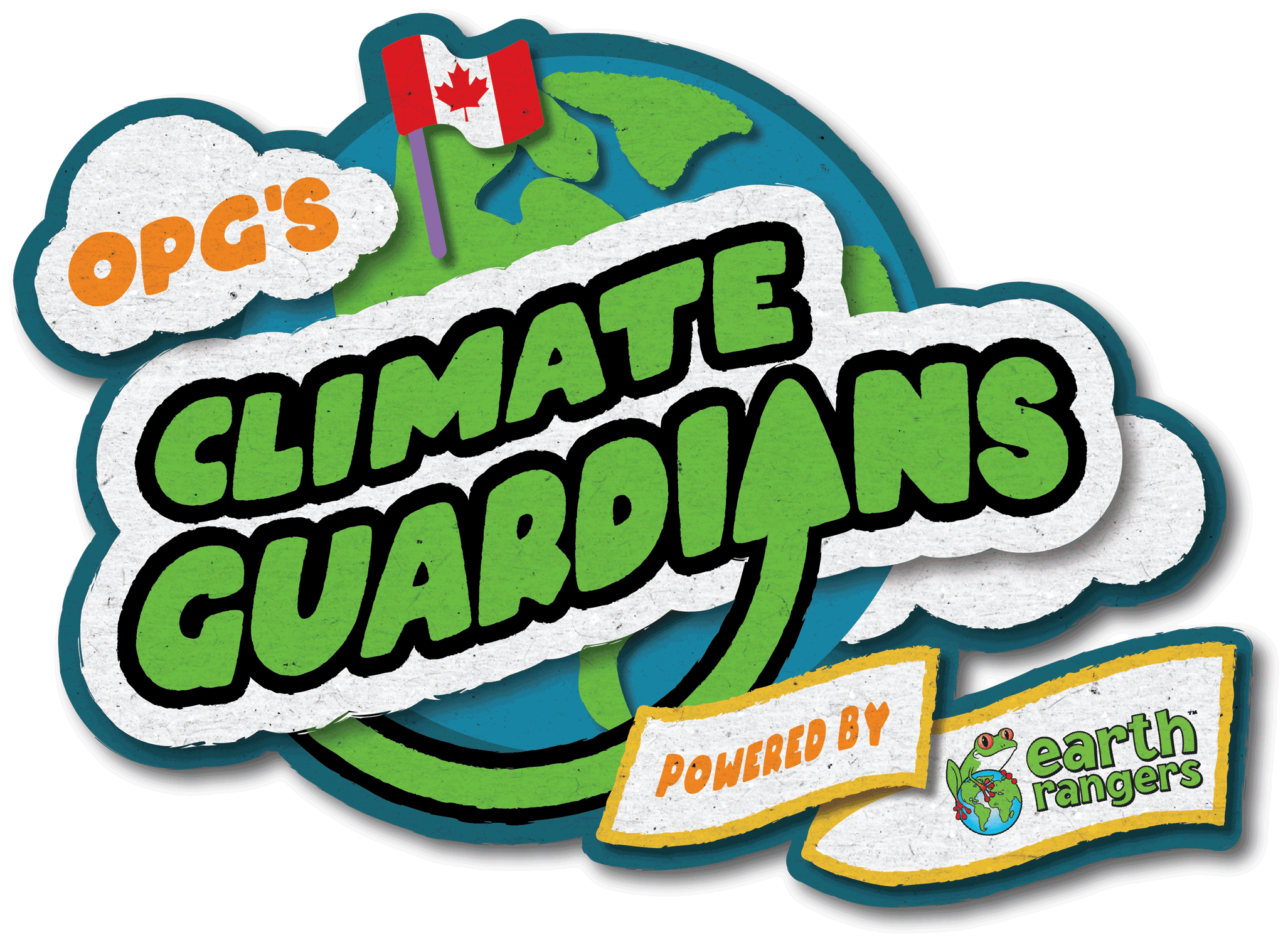


When you flick on the light switch at home, have you ever wondered where the power to light up the bulb comes from?
Electricity is a form of energy that is created by a wide variety of generating sources.
There are many ways to generate electricity, and some are better for the planet than others. Some sources, like coal, produce pollutants like carbon dioxide and other greenhouse gases that contribute to climate change, and they are not renewable – once it’s used, it’s gone forever.
But clean energy is different, as they create almost no pollution. There are many types of clean energy, including solar panels that convert sunlight to electricity and hydroelectric stations that harness the power of water. Even nuclear power, which uses tiny little uranium pellets to generate electricity, is an important source of carbon-free electricity.
Did you know?
As one of Canada’s largest clean generators, Ontario Power Generation (OPG) operates a diverse and sustainable fleet of clean energy sources. The company is now working to expand this fleet with more renewable and clean technologies to continue to power light bulbs, stoves, and even electric vehicles while fighting climate change.




